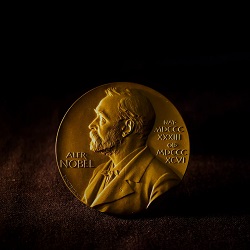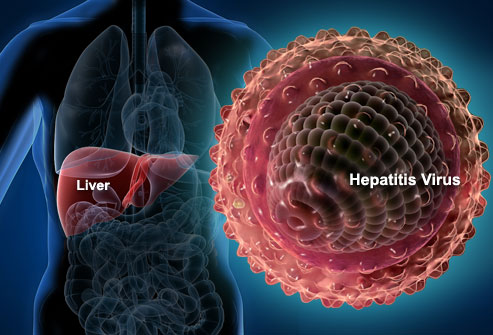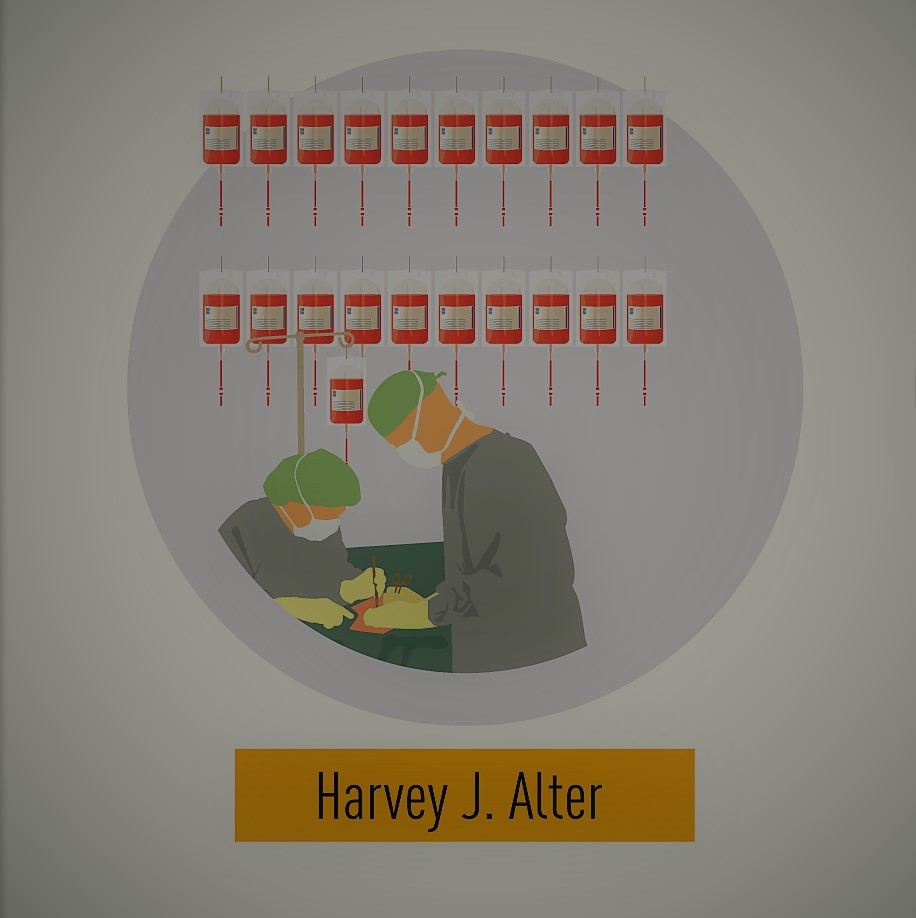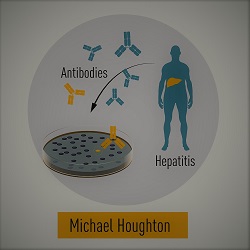THE NOBEL MEDICINE PRIZE FOR HEPATITIS C RESEARCHERS.

HARVEY J. ALTER – THE UNITED STATES OF AMERICA. 
CHARLES M.RICE -THE UNITED STATES OF AMERICA. 
MICHAEL HOUGHTON-THE UNITED KINGDOM. 
BARUCH S.BLUMBERG-THE UNITED STATES OF AMERICA.
THE 2020 NOBEL FOR MEDICINE WENT TO SCIENTIST TRIO HARVEY J. ALTER, CHARLES M. RICE AND MICHAEL HOUGHTON FOR IDENTIFYING THE HEPATITIS ‘C’ VIRUS. THE VIRUS BELONGS TO THE FAMILY THE FLAVIVIRUS. THIS IS THE SECOND NOBEL PRIZE FOR MEDICINE FOR HEPATITIS RESEARCH. IN 1976, BARUCH SAMUEL BLUMBERG AND DANIEL CARLETON GAJDUSEK WERE AWARDED THE NOBEL PRIZE IN MEDICINE FOR THEIR WORK ON THE HEPATITIS ‘B’.
Hepatitis, a combination of the Greek words for liver tissue inflammation. It is mainly caused by the virus. The other causing agents are alcohol abuse, environmental toxins and autoimmune disease. In the decade of 1940, two main types of infectious hepatitis were identified. The first, named Hepatitis A, is transmitted by polluted water or food. The second i.e
Hepatitis ‘B’ transmitted through blood transfusion and bodily fluids. The latter is more serious it can lead to a chronic condition, with the development of cirrhosis and liver cancer. The Blood-borne hepatitis is associated with significant morbidity and mortality and causes more than a million deaths per year worldwide, thus making it a global health concern on a scale comparable to HIV-infection and tuberculosis.
THE IDENTIFICATION AND NAMING OF THE VIRUS.
In 1976 when Baruch Samuel Blumberg and Daniel Carleton Gajdusek were awarded the Nobel prize in Medicine for their work on the Hepatitis ‘B’. At the same time, Harvey J. Alter was studying the occurrence of Hepatitis in patients who had received blood transfusions. There was a considerable decrease in the number of Hepatitis’ B’ patients who received transfusion-related Hepatitis due to a newly developed blood test. The tests for Hepatitis ‘A’ virus infection was also developed around this time, but still, the infection sustained. Through tests, it became clear that Hepatitis A was not the cause for the unexplained cases. The number of unexplained cases grew considerably and the infection was found in the patients who had received the blood transfusions and developed Chronic Hepatitis due to unknown causal agent. Through the experiments, it was proved that the blood from the infected hepatitis patients when transmitted to chimpanzees led to the infection in the animal. The studies revealed that the unknown infectious agent had the characteristics of a virus. So the studies led to a distinct form of chronic viral hepatitis. The mysterious illness became known as “NON-A, NON-B” Hepatitis.
The genetic sequence of the Hepatitis ‘C’ virus was isolated by Michael Houghton. His co-workers collected DNA fragments from nucleic acids of an infected chimpanzee. The majority of these fragments came from the genome of the chimpanzee itself, but they predicted that some may have been derived from the unknown virus. They assumed that the antibodies against the virus would have been present in blood taken from hepatitis patients. Therefore they started the investigation and used the patient sera to identify cloned viral DNA fragments encoding viral proteins. Following a comprehensive search, one positive clone was found. Further work showed that this clone was derived from a novel RNA virus belonging to the Flavivirus family and it was named Hepatitis ‘C’ virus.
The discovery of the Hepatitis C virus was decisive. But the scientists were unable to answer a question i.e how does this virus infect? To answer this query here comes the work of Charles M. Rice and his team that was working with RNA viruses, found an uncharacterized region at the end of the virus genome and suspected that it could be important for virus replication. Rice also observed genetic variations in isolated virus samples and hypothesized that some of them might hinder virus replication. Genetic engineering, helped them in generating an RNA variant of the Hepatitis C virus and it included the newly defined region of the viral genome and was devoid of the inactivating genetic variations. When this RNA was injected into the liver of chimpanzee, the virus was detected in the blood and pathological changes resembling those seen in humans with the chronic disease were observed. This was the final proof that the Hepatitis C virus alone could cause unexplained cases of transfusion-mediated Hepatitis. Now efforts will be directed towards blood testing and making antiviral drugs.










